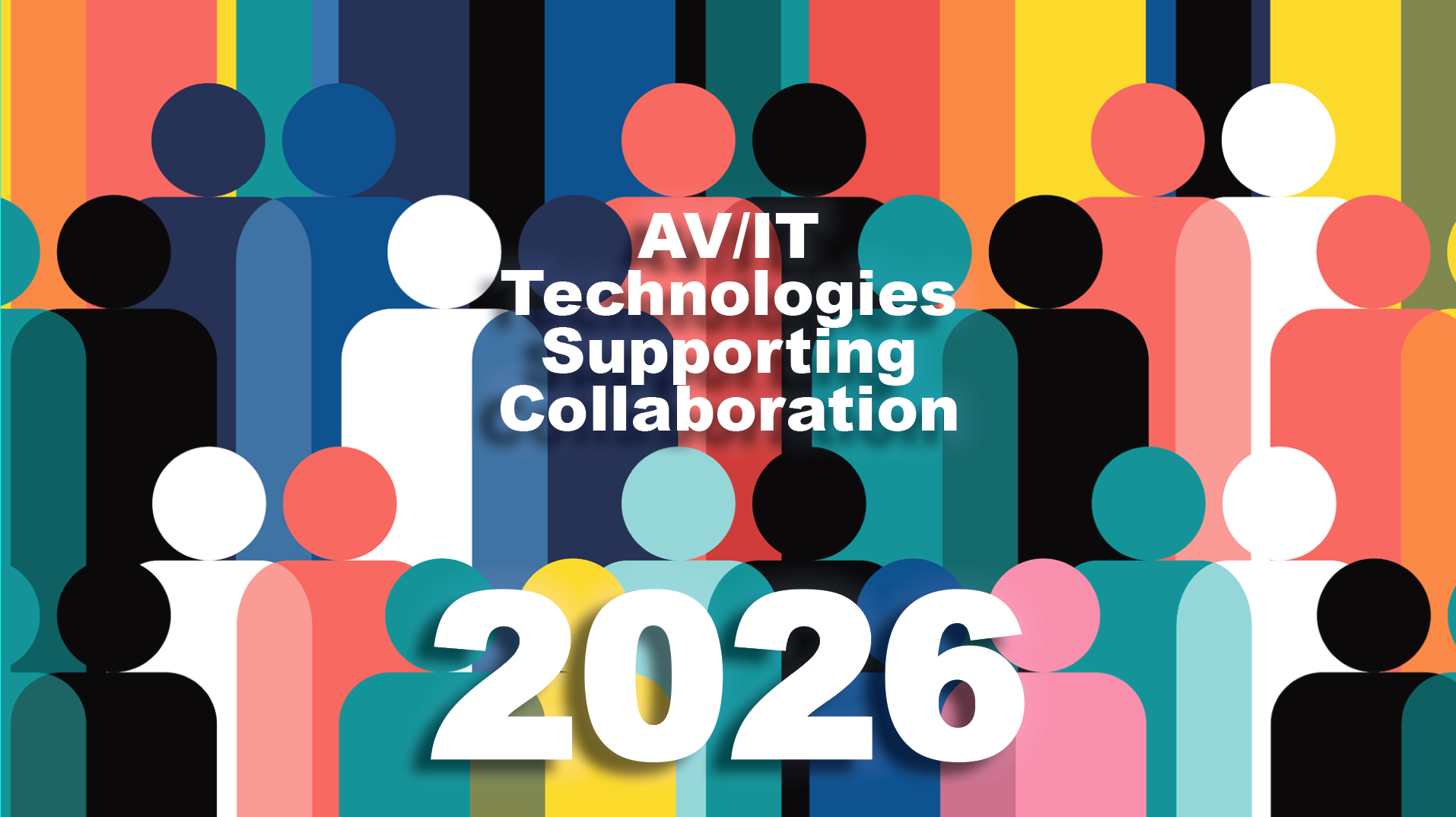On Higher Ed Tech: Shure
Vanessa Jensen, Senior Market Development Specialist at Shure shares insight into designing the higher ed classroom for today and the future. Part of AV Technology's Thought Leader Series.

AVT Question: Please share insight and best practices for designing the higher ed classroom for today and the future.
Thought Leader: Vanessa Jensen, Senior Market Development Specialist at Shure
Whether students are in the classroom or connecting remotely, audio components must be able to adapt to the real-world conditions of hybrid/hyflex learning. Shortfalls in classroom audio can have negative impacts on remote/hybrid learning and lecture capture—for both students and professors.
Choosing microphones, and speakers that offer a wide array of capabilities allow you to easily adapt to limitations posed by the room." —Vanessa Jensen, Senior Market Development Specialist at Shure
Distance learning must remain adaptable. For example, a classroom might be used for a fully remote class one day, a training session with an in-room presenter the next day, and a hybrid class with a remote instructor the day after that. Audio/video needs for distance learning present unique challenges, where the addition of remote participants may be introducing passive listeners or discussion leaders. Ensuring that all participants regardless of location—can hear and be heard, see and be seen is critical to the success of the system today and in the future.
Choosing microphones, and speakers that offer a wide array of capabilities allow you to easily adapt to limitations posed by the room. The flexibility to adapt to these needs might dictate ceiling microphones, table microphones, a wall microphone—or a combination. What works in a spacious lecture hall with treated acoustics may not be right for a more intimate classroom with a glass wall. Standardizing on an intuitive ecosystem that is flexible enough to meet these various needs ensures that professors and students can forget about technology and focus on learning.
A daily selection of features, industry news, and analysis for tech managers. Sign up below.

Cindy Davis is the brand and content director of AV Technology (AVT). She was a critical member of the AVT editorial team when the title won the “Best Media Brand” laurel in the 2018 SIIA Jesse H. Neal Awards. Davis moderates several monthly AV/IT roundtables and enjoys facilitating and engaging in deeper conversations about the complex topics shaping the ever-evolving AV/IT industry. She explores the ethos of collaboration, hybrid workplaces, experiential spaces, and artificial intelligence to share with readers. Previously, she developed the TechDecisions brand of content sites for EH Publishing, named one of the “10 Great Business Media Websites” by B2B Media Business magazine. For more than 25 years, Davis has developed and delivered multiplatform content for AV/IT B2B and consumer electronics B2C publications, associations, and companies. A lifelong New Englander, Davis makes time for coastal hikes with her husband, Gary, and their Vizsla rescue, Dixie, sailing on one of Gloucester’s great schooners and sampling local IPAs. Connect with her on LinkedIn.
